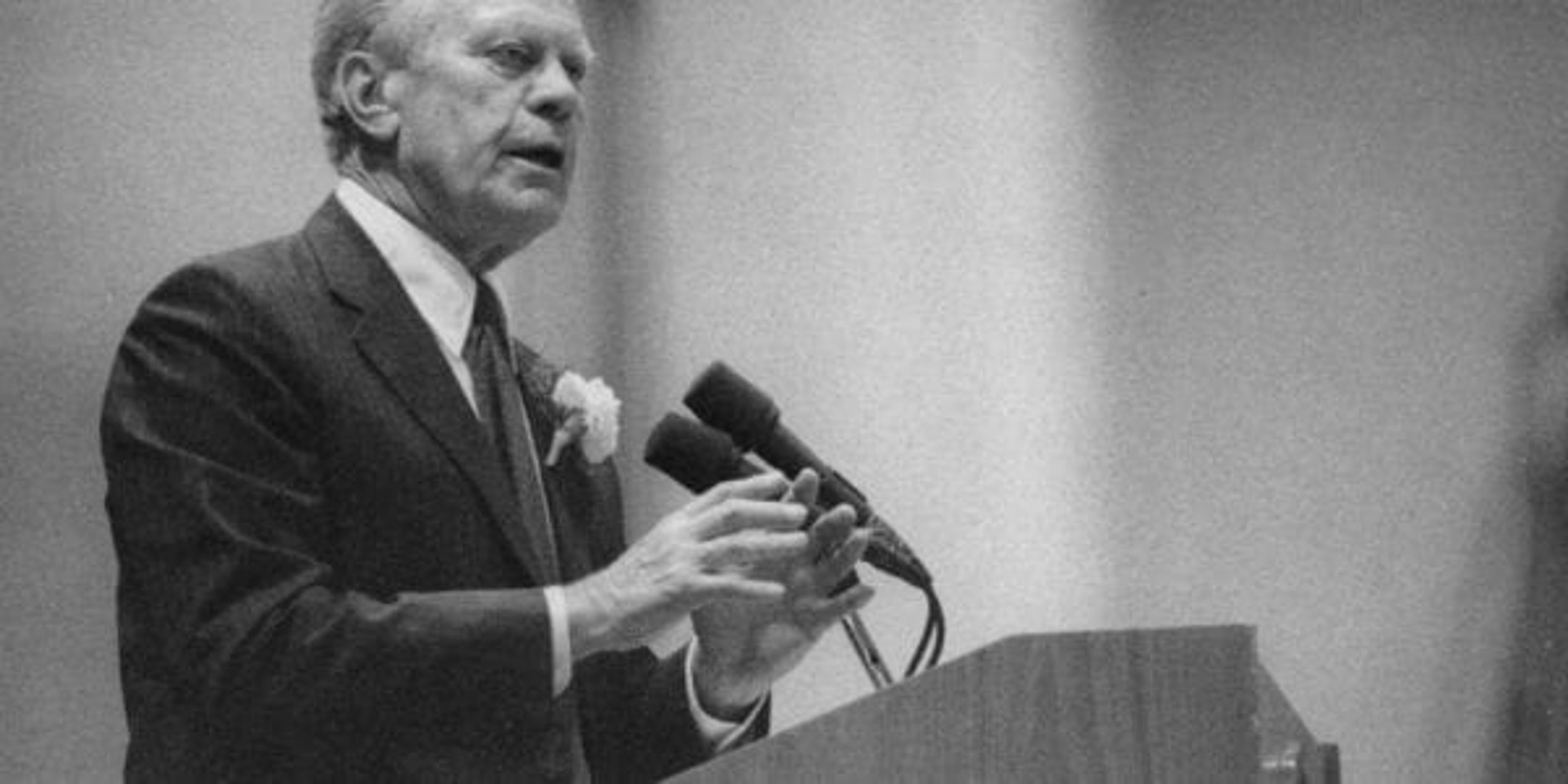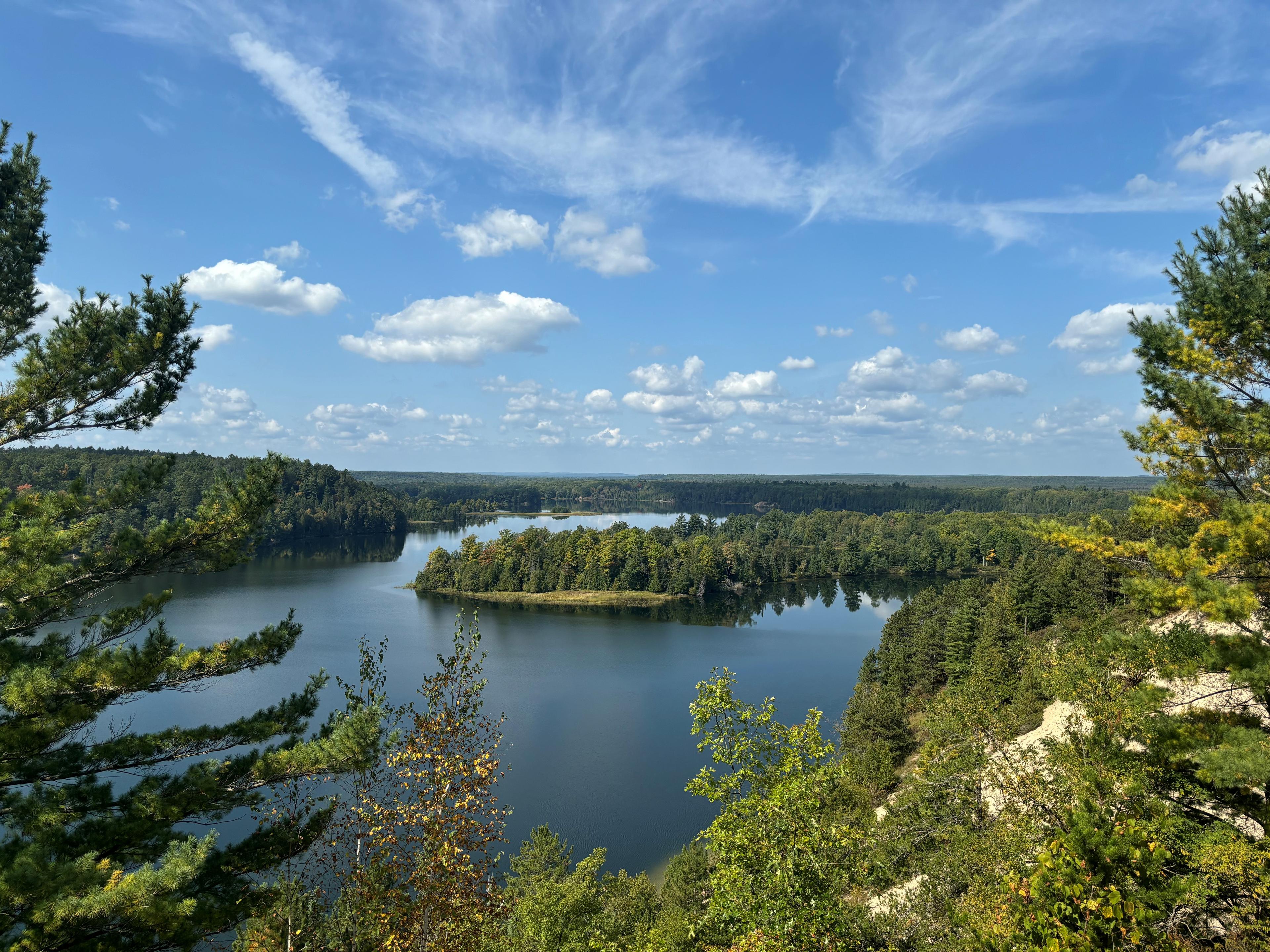Museum Renovations Will Tell “Full Story” of President Ford

Julie Bitely
| 4 min read

Historical events don’t change, but the context in which they’re viewed often does as years pass by.
Such is the case with Gerald R. Ford, who served as the 38th President of the United States from 1974 to 1977. Taking office following the resignation of President Richard Nixon in 1973, Ford inherited a scandal, a poor economy and a disillusioned nation.
Many were upset when he pardoned Nixon for his role in Watergate, but Gerald R. Ford Museum deputy director Jim Kratsas said through the lens of history, the unpopular-at-the-time action helped the country move forward and heal, as did offering clemency to Vietnam War draft dodgers.
“The great thing about history is that it does change and it’s really a matter of interpretation,” he said.
Telling the full story of Ford, with all its nuance and complexity, is the goal of major renovations taking place at the Grand Rapids museum. The facility has been closed since October to undergo $13 million worth of updates, including an 8,000-square-foot addition that will house a new DeVos Learning Center.
Exhibits will focus on Ford’s life, from his boyhood in Grand Rapids to his legacy and years after leaving office. A greater focus will be placed on First Lady Betty Ford as well.
Kratsas said Ford took the country from despair when he took office in 1974 to celebrating a bicentennial in 1976, which he called the “biggest party the country ever saw.” He doesn’t think the nation’s mood could have changed so drastically without Ford’s conciliatory gestures.
“That happened in less than two years and it is a remarkable thing that we should thank Ford for, for trying to heal all the wounds that this country had,” he said.
Betty Ford’s legacy will also be on full display with new exhibits focusing on her breast cancer awareness work following a 1974 mastectomy, her support of the Equal Rights Amendment, and later, her role in raising awareness for substance abuse after revealing personal struggles with alcoholism.
Kratsas said Betty Ford likely saved thousands of women’s lives by bringing the taboo topic of breast cancer into the mainstream conversation. He said the Fords were “madly in love with each other” and that there’s was a “great love story.”
“You can’t just talk about President Ford without talking about Mrs. Ford,” he said. “Mrs. Ford was her own woman, to say the least.”
The new exhibits and displays will be steeped in history, but will feature modern technology for the sensibilities of today’s visitors, Kratsas said. Touchscreens will allow museum guests to dig deeper with interactive displays and the new learning center will also feature technology to help further the conversation.
“We’re trying to use the most up-to-date technology that we can,” he said.
Three classrooms will be available for student or community use to enhance learning that starts by touring the new exhibits. Over 10,000 students visit the museum every year, mostly middle and high school groups. Kratsas said lessons are being developed for elementary students and college students and adults, with hopes that the improved experience will attract more visitors overall.
President Ford and Mrs. Ford are buried on the museum grounds, attracting visitors wishing to pay their respects. It’s fitting that the former president’s final resting place is in Grand Rapids, as Ford has become a symbol of what the community stands for, Kratsas said.
“He is a product of Grand Rapids. He is a product of his environment,” Kratsas said. “The environment of Grand Rapids is one of hard work, honesty, civic duty and community. I think President Ford embodied that when he became President.”
See history come to life for yourself! The museum will re-open to the public on Tuesday, June 7 with a dedication ceremony at 10 a.m. Admission will be free on opening day and the museum will be open until 8 p.m.
If you enjoyed this post, you might also like:
Photo credit: University of Mount Union





